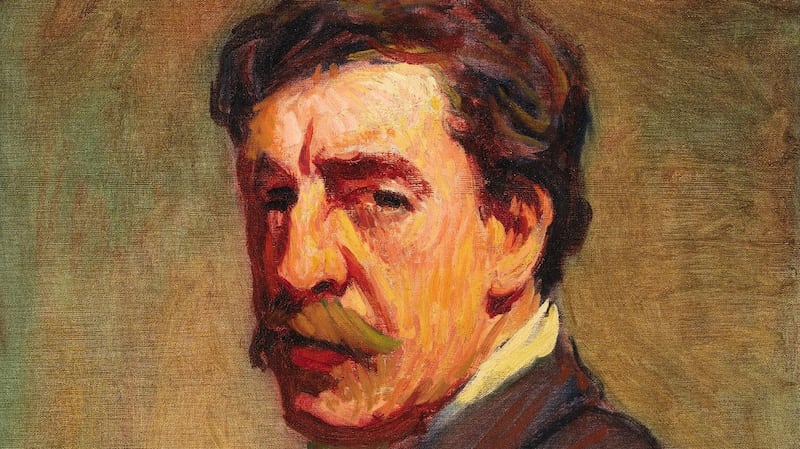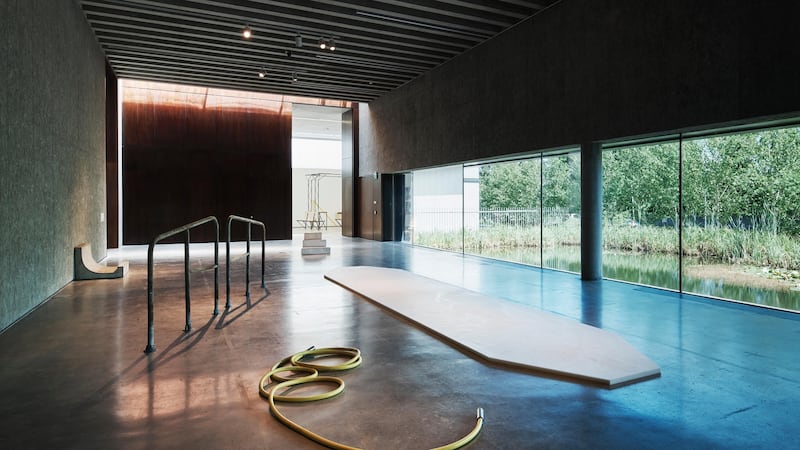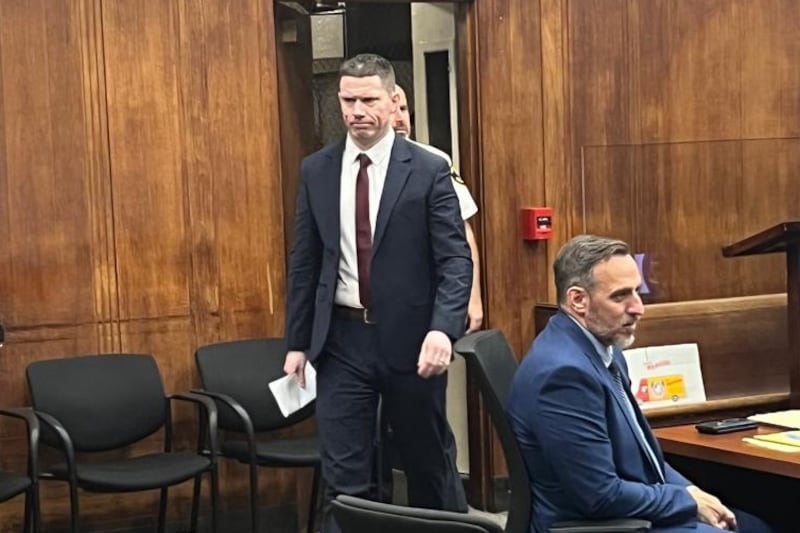Earlier this year, Jane Kallir, a co-director of Gallery St Etienne in New York, wrote a telling analysis of the contemporary art market. Published in Tablet under the headline "The End of Middle-Class Art", Kallir's piece managed to summarise and diagnose a state of affairs that many of those involved in the art world are aware of, and talk about, in more fragmentary, tangential ways.
As Kallir put it, we are currently experiencing a cultural disruption on a par with that witnessed a century ago, when a prolonged period of relative stability and consensus, dubbed “the long 19th century”, came to an end. While it primarily addresses what we think of as the international art market, her piece resonates in the context of the Irish contemporary art market.
Kallir does not idealise the 20th-century era of stability, and notes that much contemporary curatorial practice is directed towards revising its mistakes, anomalies and absences. But it’s worth mentioning that that is largely within the public sphere of subsidised institutions and organisations.
They make up a significant segment of today’s arts activity, here as elsewhere, but cannot be taken for granted, as they depend on the public purse (and do not necessarily support artists as effectively as they might).
It is easy to be persuaded by news reports of record-breaking prices, and lifestyle accounts of conspicuous consumption, that the art market is thriving. But “glamour, scandal and money” do not, Kallir argues, substitute for what is lost, in terms of buyers outside of this circle of wealth, and in terms of value judgments other than monetary value.
A handful of mega-galleries and auction houses dominate the market. This is not exactly their idea – and will damage their interests in the long run – but a number of factors, including the exponential growth of art fairs (art supermarkets for the super-rich) and, to a lesser extent biennials, growing wealth imbalance and, as she sees it, financial pressures on a previously comfortable middle class, have reinforced the tendency.
Cultural role
While several economic indicators suggest that economic life is approaching boom levels in Ireland, that is not the case in the visual arts. Local factors are certainly involved, including high property values, and the level of rental as opposed to owner occupancy. As are more general cultural factors: arguably, for the younger generation visual culture is now predominantly screen- and internet-led. Anecdotal evidence suggests that for all these reasons and perhaps more, there is not as yet an emergent art-buying generation in Ireland. Private galleries play a valuable cultural role in showcasing and advancing artists’ work, but traditionally there has been resistance to recognition of this fact. Artists need a viable market, but as 2018 ends, it remains a sector under pressure.
Market problems aside, it was a strong year for the visual arts. Inti Guerrero, curator of the 38th EVA International in Limerick, opted not to have an overall title and oversaw an ambitious exhibition – a rich mix of Irish and international artists – that took its starting point from Sean Keating's artistic documentation of the Ardnacrusha hydroelectric scheme and reached to the present, with the inclusion of the Artists' Campaign to Repeal the Eight.
Repeal also manifested as a concern in the PhotoIreland Festival, especially in Laia Abril's powerful On Abortion. Abril's investigative, documentary method is an engaged, activist art.
Big, thematic shows proved popular, notably the collection of Famine-themed art, Art & The Great Hunger (at Dublin Castle and Uilinn, the West Cork Arts Centre), and the Gallery of Photography production, curator Sean Hagan's thoughtful, photographic documentary exploration of The Lost Moment – 50 years on from when the Civil Rights movement in North Ireland might have promised a peaceful way forwards. The colourful social satire of Grayson Perry's tapestries at the RHA also proved to be a powerful draw.

Portrait bust
After last year's triumphal reopening, the National Gallery of Ireland went from strength to strength with a tremendous sequence of temporary shows: Emil Nolde, Drawing Dublin, Roderic O'Conor, Frans Post, and now Canaletto. The Chester Beatty Library can unveil a seemingly endless succession of great shows drawn from its own collection. Miniature Masterpiece, The Coëtivy Hours was this year's star, as well as the current Gift of a Lifetime, a selected highlights show marking the 50th anniversary of Beatty's gift to the Irish people. The OPW's On a Pedestal at Castletown House was an invigorating exploration of contemporary approaches to the portrait bust.

Sven Anderson and Gerard Byrne's collaborative A Visibility Matrix, a kind of representation of the internet through the filter of early, idealistic video artists, was formidable and perfectly matched with Juan Downey's video in Gallery 2. The Butler Gallery's Mary Reid Kelley and Patrick Kelly survey, I Smelled a Raw Recruit, is likely to be the strangest show you saw this year. The Glucksman continued a lively co-operation with the Albers Foundation, highlighting Anni's extraordinary work as well as Josef's Voyage Inside a Blind Experience. Also worthy of mention are nagOffsite at Rathfarnham Castle and Ozio at Taylor Galleries.
Your life will have been the better for seeing any or all of many fine solo shows, from substantial surveys to one-off solos, and each representing a huge investment of time, energy and talent on the part of the artist and gallery. That includes shows by Helena Gorey, Sam Keogh, Stephanie Deady, Alan Butler, Niall de Buitléar, Vanessa Donoso Lopez, Bassam Al-Sabah, Michael Cullen, Keith Wilson, Claire Curneen, Jane O’Malley, Dorothy Smith, Keneth O’Halloran, Agnieszka Polska, McGibbon O’Lynn (Siobhan and Maeve), Jennifer Cunningham, Katie Watchorn, Enda Bowe, Ann Quinn, Nartin Gale, Stephen Loughman, Michael Canning, Conrad Frankel, Lola Gonzàlez, Jacqeline Stanley, Mary Lohan, Mark Swords, Sean Scully, Maeve McCarthy, Martin Healy, TJ Maher and Nick Miller. With luck ending the year on a high note, a new gallery with an unorthodox approach, Berlin Opticians, appeared on the scene.


















